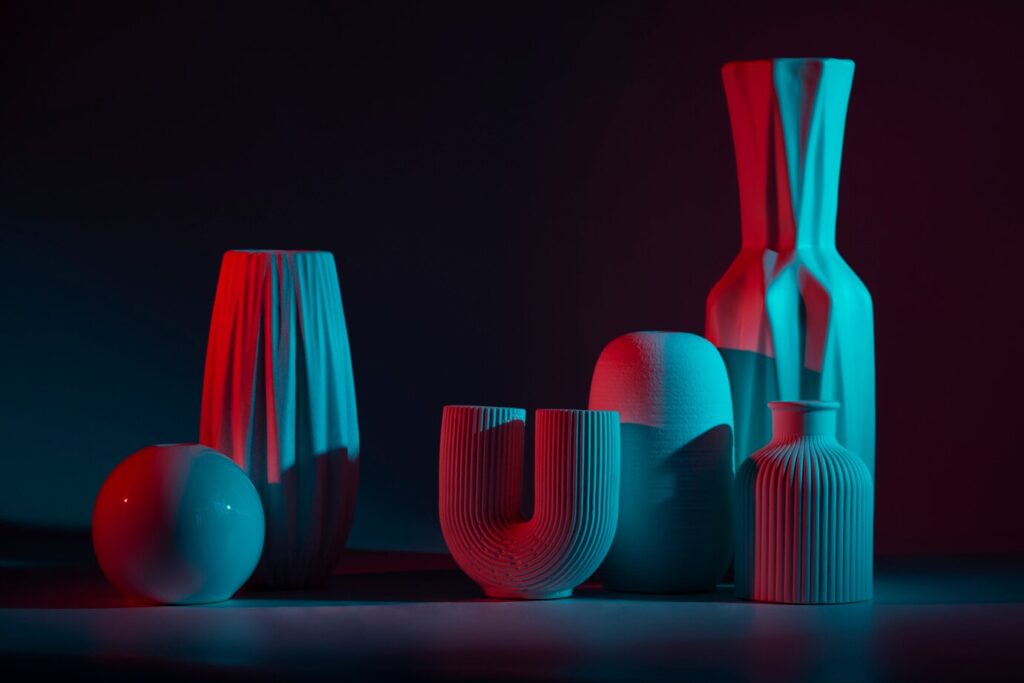Utilizing 3D Modeling for Architectural Visualization: Innovations, Challenges, and Future Trends

In the realm of architectural design and visualization, 3D modeling has emerged as a transformative tool, revolutionizing the way architects, designers, and clients conceptualize and experience architectural spaces. This article explores the innovative applications, inherent challenges, and evolving trends surrounding the utilization of 3D modeling in architectural visualization.
The integration of 3D modeling technologies in architectural visualization has significantly enhanced the efficiency and accuracy of the design process. From initial concept development to final presentation, 3D modeling enables stakeholders to visualize architectural designs in a realistic and immersive manner. This article delves into the various innovations, challenges, and future trends shaping the landscape of 3D modeling for architectural visualization.
Innovations in 3D Modeling for Architectural Visualization
Advanced Rendering Techniques: Modern 3D modeling software offers a plethora of rendering options, allowing architects to create photorealistic visualizations that closely resemble the final built environment. Techniques such as ray tracing and global illumination simulate the behavior of light, enhancing the realism of architectural renders.
Virtual Reality (VR) and Augmented Reality (AR): The integration of VR and AR technologies revolutionizes architectural visualization by providing immersive experiences to clients and stakeholders. Architects can leverage VR headsets to explore virtual environments in real-time, enabling them to make informed design decisions and evaluate spatial relationships effectively.
Parametric Design: Parametric modeling enables architects to create complex, adaptive designs by defining relationships and constraints within the 3D model. This approach allows for the exploration of multiple design iterations while maintaining design coherence and efficiency.
Generative Design: Leveraging algorithms and computational processes, generative design techniques enable architects to generate innovative design solutions based on specified parameters and performance criteria. By harnessing the power of artificial intelligence, architects can optimize designs for factors such as sustainability, structural integrity, and occupant comfort.
Challenges in Implementing 3D Modeling for Architectural Visualization
Learning Curve and Skill Acquisition: Mastering 3D modeling software requires significant time and effort, posing a challenge for architects and designers transitioning from traditional 2D drafting methods. Overcoming the learning curve necessitates comprehensive training and ongoing skill development to harness the full potential of 3D modeling tools.
Hardware and Software Limitations: Despite advancements in technology, hardware and software limitations may constrain the complexity and scale of architectural visualizations. Rendering large-scale projects or intricate designs may require high-performance computing resources and specialized rendering hardware, which can be cost-prohibitive for some firms.
Data Integration and Collaboration: Collaborative workflows often involve multiple stakeholders, including architects, engineers, and clients, necessitating seamless data integration and collaboration. Compatibility issues between different software platforms and file formats can hinder effective communication and workflow efficiency, leading to potential project delays and errors.
Quality Control and Realism: Achieving photorealistic visualizations requires meticulous attention to detail and quality control throughout the modeling and rendering process. Balancing aesthetic appeal with technical accuracy is essential to convey the intended design intent accurately and effectively communicate architectural concepts to clients and stakeholders.
Future Trends in 3D Modeling for Architectural Visualization
Real-time Rendering and Visualization: The advent of real-time rendering engines empowers architects to visualize and interact with architectural designs in real-time, enhancing the iterative design process and facilitating rapid feedback and decision-making.
Artificial Intelligence and Machine Learning: AI-driven tools and algorithms are poised to revolutionize architectural design and visualization by automating repetitive tasks, generating design alternatives, and predicting performance outcomes. Machine learning algorithms can analyze vast datasets to optimize design parameters and inform decision-making processes, leading to more sustainable and efficient architectural solutions.
Cloud-based Collaboration and Rendering: Cloud computing platforms offer scalable solutions for collaborative design and rendering, enabling distributed teams to collaborate seamlessly and access rendering resources on-demand. Cloud-based rendering services provide cost-effective solutions for rendering high-quality visualizations without the need for dedicated hardware infrastructure.
Integrated Virtual Design Environments: Integrated virtual design environments unify various aspects of the design process, including modeling, simulation, analysis, and visualization, within a single platform. By consolidating disparate workflows and data sources, these environments streamline the design process and foster interdisciplinary collaboration, resulting in more holistic and integrated architectural solutions.
Conclusion
In conclusion, the utilization of 3D modeling for architectural visualization represents a paradigm shift in the way architects conceptualize, communicate, and realize architectural designs. While innovative technologies offer unprecedented opportunities for creativity and efficiency, inherent challenges such as skill acquisition, hardware limitations, and data integration must be addressed to fully harness the potential of 3D modeling in architecture. Looking ahead, emerging trends such as real-time rendering, AI-driven design, and cloud-based collaboration are poised to reshape the future of architectural visualization, ushering in a new era of innovation and sustainability in architectural design.